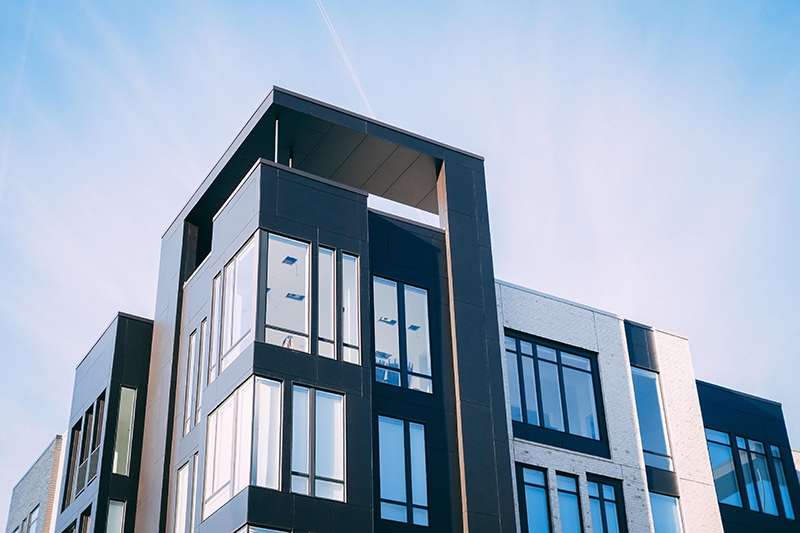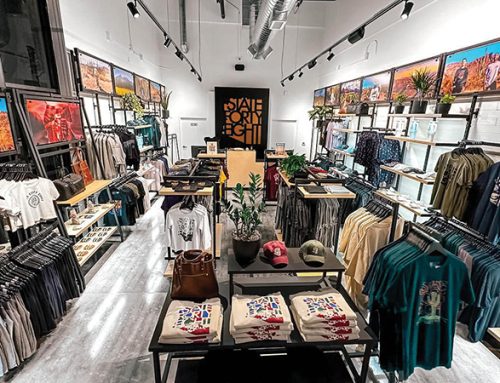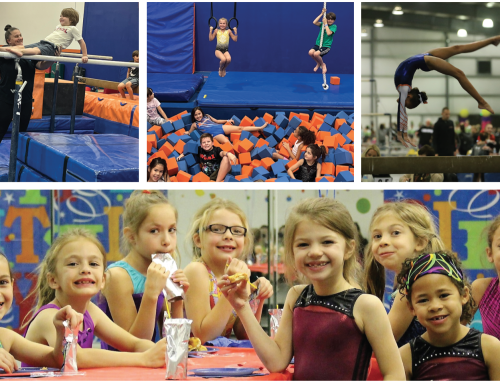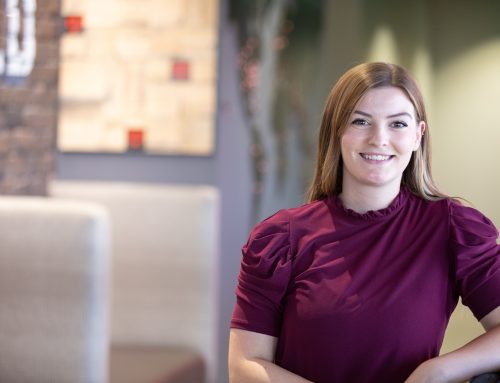By Michael D’Andrea
There is no denying that our world has been turned upside down. Schools have closed, sports and concerts have been postponed, and people have retreated to their homes to prevent the spread of the coronavirus. It’s not lost upon multi-family developers, owners and operators that fear, as it relates to a person’s living accommodations, is a very real concern. In fact, most are already diligently working to further flesh out new building and design standards for urban living, especially as it pertains to high density vertically stacked communities.
Innovations such as touchless access, package concierge, virtual walkthroughs and tours, as well as voice control technology integration, are less of an ideation and more of a standard as we look forward. As renters continue to be concerned, it’s important to over communicate with them about how communities are taking active precautions to ensure their health and well being during these uncertain times. They want to know that communal spaces are being routinely sanitized, extra attention is paid when cleaning and preparing units for their occupancy, and that clear social distancing protocols are in place and enforced regularly. Integrating these standards into multi-family properties will help to alleviate any fears or hesitations a potential renter may have when choosing where to live.
Some development companies like the Related Group, one of the country’s largest real estate conglomerates known for its sophisticated metropolitan rental options, are taking the innovations further. Developers plan to furnish and install ActiveAir Bipolar Ion Generators at all Clubhouse HVAC units as well as automated touchless temperature monitoring screen at the main entry. To protect residents and staff, motion sensor faucets at common area kitchens and bathrooms and plexiglass freestanding sneeze guard at the leasing lobby desks will be implemented. Other common areas will incorporate stainless steel wipe dispenser and waste bins, room floor social distancing graphics, and motion-sensor refillable hand sanitizer dispensers installed throughout the property.
Those that are attracted to social connectivity and location convenience are still seeking the advantages of urban living. Many urban properties are close to places of employment and often offer amenities not otherwise found in a residence without paying a significant premium. In the wake of this pandemic, having a clean, well presented and impeccably managed property is becoming a much higher priority than it may have been in the past for both residents and investors alike, and will ensure these multi-family developments continue to thrive.
Since people are shopping with a much sharper eye as it pertains to the management, cleanliness and over quality of the community in which they choose to live. Prospective homeowners may also be hitting the pause button and choosing to remain as renters longer. Underwriting of mortgage loans is likely to tighten, forcing higher down payments, higher credit scores and ultimately creating more demand for rental units. The perceived risks and higher expenses related to home ownership may help ensure the current multi-family rental market will survive and thrive.
Up to this point, rent collection within multifamily properties have remained healthy with over 93% of apartment households paying their rent, according to the National Multifamily Housing Council. With the market remaining stable, renters will begin to look to invest in the communities that are offering flexible options and adapting to the next “normal” style of living.
Michael D’Andrea is the vice president of development at The Related Group. The Related Group is currently breaking ground on Manor Scottsdale, a multi-family development with 286 residential apartment homes that will be available in late 2021.






